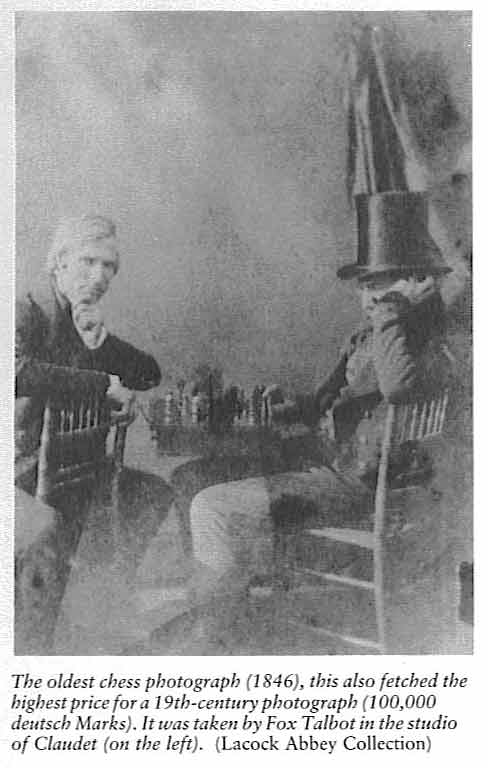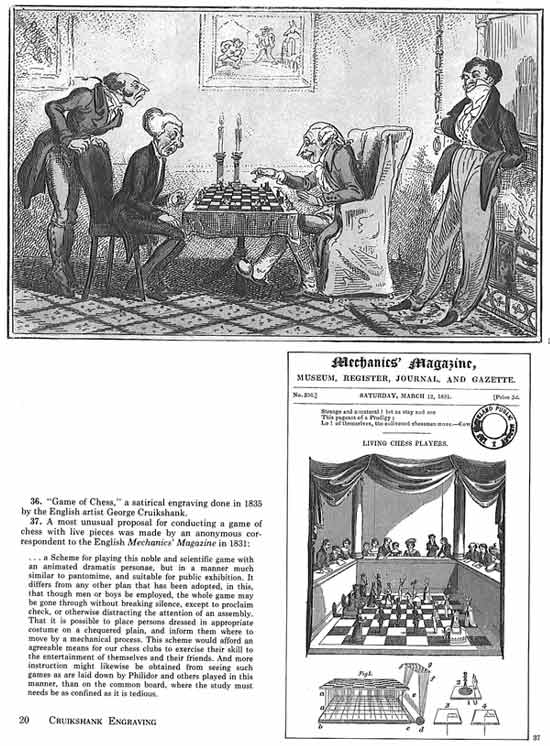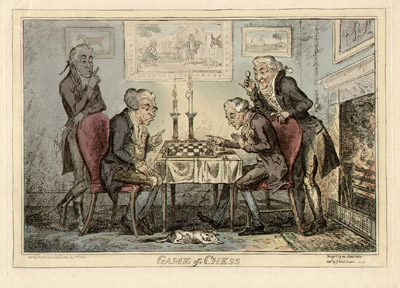|
Sometimes historians get it right, sometimes they get it wrong. Some
instances are more important than other instances. In my earlier posting
- Calotype
- dealing with what is considered the first chess-related
photograph, the premise was that the date is very important as it is with
any "first." But in pursuing the observation that various dates had
been given by different authors, we learned from a highly authoritative
source - on photography, not chess - the correct date and the
correct photographer . All the chess books gave credit to the
wrong man!
The implications of this deserve an essay all to itself. But this essay
will take a snapshot from a different angle.

The picture on the right is a reproduction of a page from Ken Whtld's
book, Guinness CHESS The Records (Great Britain by Guinness
Superlatives Ltd, 1986) .
In his book on RECORDS, Mr. Whyld got the date wrong, as well as the
the photographer.
The central point isn't that Mr. Whyld, deemed one of the 20th
century's greatest chess historians, made an error, but rather that such
errors, or traps, so easily occur that even the best researchers fall
prey.
Below, we'll see where Ken Whyld got it right - and Fred Wilson got it
wrong:
George Cruikshank (1792-1878) was a 19th
century cartoonist and illustrator most famous for his artwok in novels
such as Charles Dicken's Sketches by Boz in 1836 and Oliver Twist in 1838.
He was also reveled in satire and caricatures attacking the British
royaly as well as the twin Vices of Drinking and Smoking. He drew at least
two (very similar) sketches on Chess, one in 1819 and the other in 1835
(and possibly one more in 1814).
The picture below is page 20 from Fred Wilson's wonderful A Picture
History of Chess. Wilson gave the date of this picture as 1835. But
this is the illustration from 1819.


Here is the 1835 ilustration
Ken Whyld got it right in his Guinness CHESS The Records (page
10)

|

